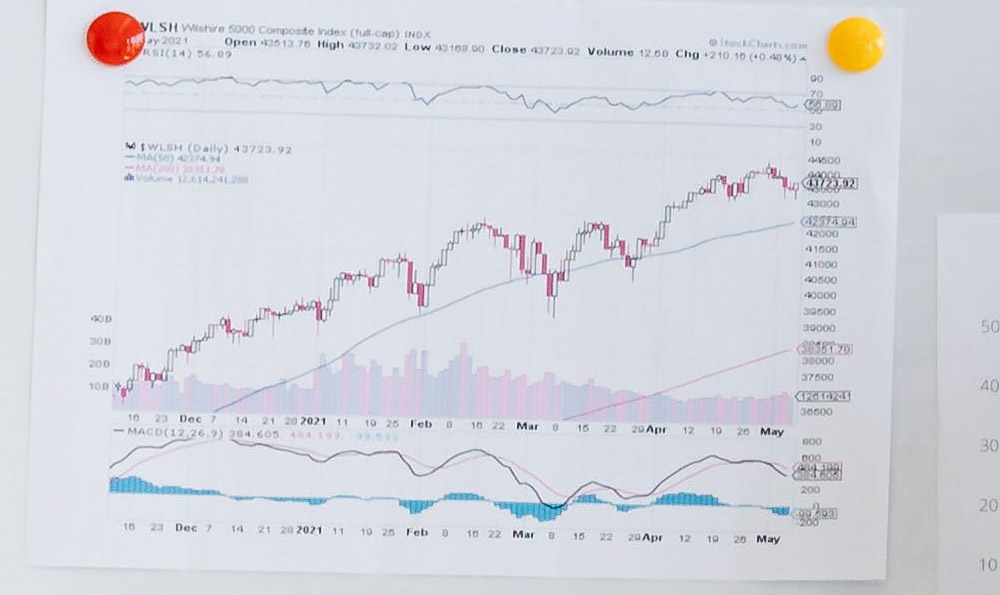How much money does Walmart make in a day, and what factors influence it?

Walmart, a retail behemoth, operates a vast network of stores worldwide, making understanding its daily revenue a complex but fascinating undertaking. Pinpointing an exact figure is difficult due to the lack of publicly available granular daily sales data. However, we can arrive at a reasonable estimate and explore the myriad factors that influence Walmart's daily earnings.
To estimate Walmart's daily revenue, we begin with its publicly reported annual revenue. Walmart's total revenue for fiscal year 2023 (ending January 31, 2023) was approximately $611.3 billion. Dividing this annual figure by 365 days gives us an estimated daily revenue of around $1.67 billion. It's crucial to understand that this is an average, and actual daily sales will fluctuate based on numerous elements.
The most significant driver of daily revenue is seasonality. Retail sales are inherently cyclical, with certain periods experiencing significantly higher volumes than others. The holiday season, particularly November and December, is by far the most lucrative period for Walmart. Black Friday, the day after Thanksgiving, traditionally marks the start of the holiday shopping season and generates enormous sales. The days leading up to Christmas are also incredibly busy. Conversely, sales tend to be lower in the period following the holidays, typically January and February, as consumers curb their spending after the festive season. Back-to-school shopping in late summer (July and August) represents another peak in sales, albeit not as substantial as the holiday season.

Economic conditions play a pivotal role in determining consumer spending habits and, consequently, Walmart's daily revenue. During periods of economic prosperity, when unemployment is low and disposable income is high, consumers are more likely to spend freely on discretionary items. Conversely, during economic downturns, such as recessions or periods of high inflation, consumers become more price-sensitive and tend to cut back on non-essential purchases. Walmart, known for its everyday low prices, can often benefit during economic downturns as consumers trade down from higher-end retailers. Inflation directly impacts revenue figures; higher prices mean consumers spend more money even if purchasing the same quantity of goods.
Consumer confidence is another key indicator. Even in a stable economic environment, if consumer confidence is low due to concerns about future economic prospects, geopolitical instability, or other factors, people may be hesitant to spend. High consumer confidence, on the other hand, translates into increased spending and higher sales for retailers like Walmart.
The range of products offered by Walmart significantly impacts its revenue stream. Walmart operates across various segments, including grocery, general merchandise, apparel, electronics, and home goods. The demand for these categories varies throughout the year. For instance, grocery sales tend to be relatively stable year-round, while sales of seasonal items like outdoor furniture or winter clothing fluctuate dramatically. A well-stocked and diverse product assortment is crucial for attracting customers and maximizing sales opportunities. Furthermore, Walmart's expansion into e-commerce has broadened its product offerings and extended its reach to a wider customer base.
Geographic location also has a significant impact. Walmart operates stores in diverse regions with varying demographics, income levels, and cultural preferences. Sales in urban areas may differ significantly from those in rural areas. States with larger populations and higher average incomes tend to generate more revenue for Walmart. Weather patterns can also influence sales; for example, extreme weather events can disrupt supply chains and reduce foot traffic to stores.
Competition from other retailers is a constant factor. Walmart faces competition from a variety of sources, including other big-box retailers like Target, online retailers like Amazon, and smaller, specialized stores. The intensity of competition can vary by region and product category. Walmart constantly monitors its competitors' pricing strategies, promotions, and product offerings to maintain its competitive edge.
Marketing and promotional activities play a crucial role in driving sales. Walmart invests heavily in advertising, promotions, and loyalty programs to attract customers and encourage spending. Special events, such as anniversary sales or clearance events, can generate significant spikes in sales. Effective marketing campaigns can create excitement and drive traffic to both physical stores and the online platform.
Inventory management is also essential for maximizing revenue. Walmart strives to maintain optimal inventory levels to meet customer demand without incurring excessive storage costs. Efficient supply chain management is crucial for ensuring that products are available when and where customers want them. Stockouts can lead to lost sales, while overstocking can result in markdowns and reduced profit margins.
Beyond these factors, internal operational efficiencies also play a role. This includes everything from staffing levels and store layout to checkout speed and customer service. A well-run store with friendly and efficient employees is more likely to generate repeat business and positive word-of-mouth, ultimately contributing to higher revenue. Furthermore, Walmart's investment in technology, such as self-checkout kiosks and online ordering systems, can improve the customer experience and streamline operations.
In conclusion, while pinpointing the exact amount of money Walmart makes in a single day is challenging, a reasonable estimate based on annual revenue is around $1.67 billion. However, this figure is subject to considerable variation depending on a complex interplay of factors, including seasonality, economic conditions, consumer confidence, product mix, geographic location, competition, marketing efforts, inventory management, and internal operational efficiencies. Understanding these factors provides valuable insight into the dynamics of the retail industry and the drivers of Walmart's success.















